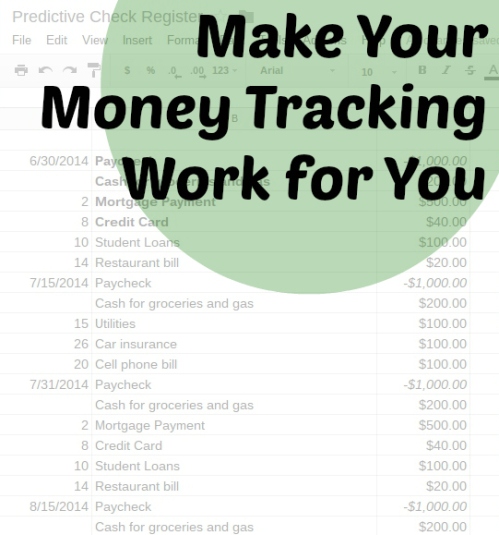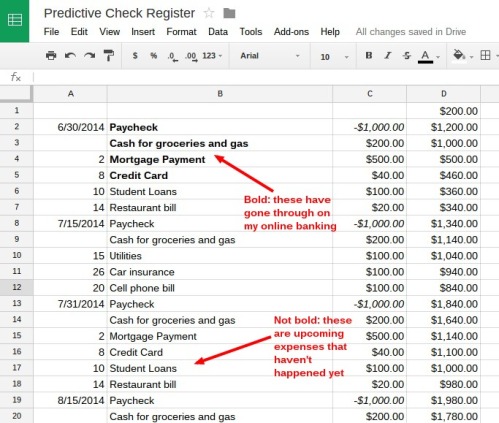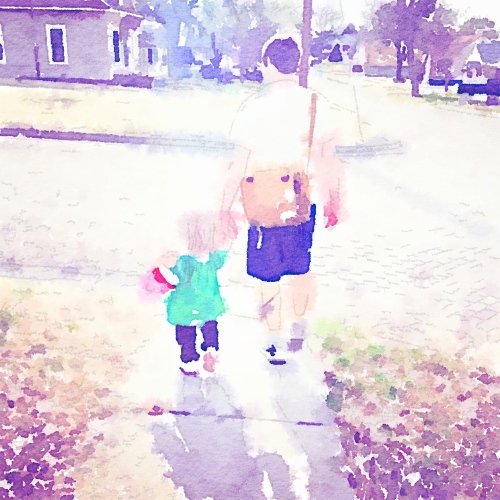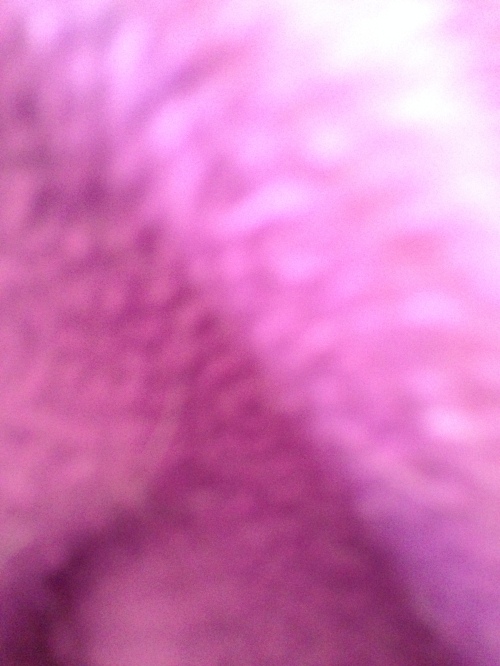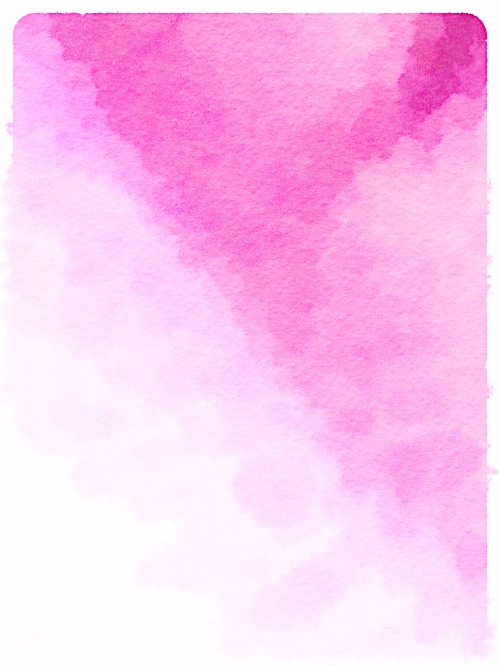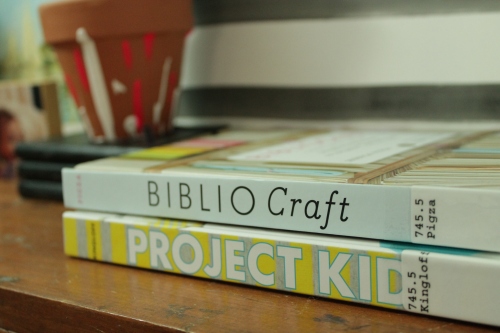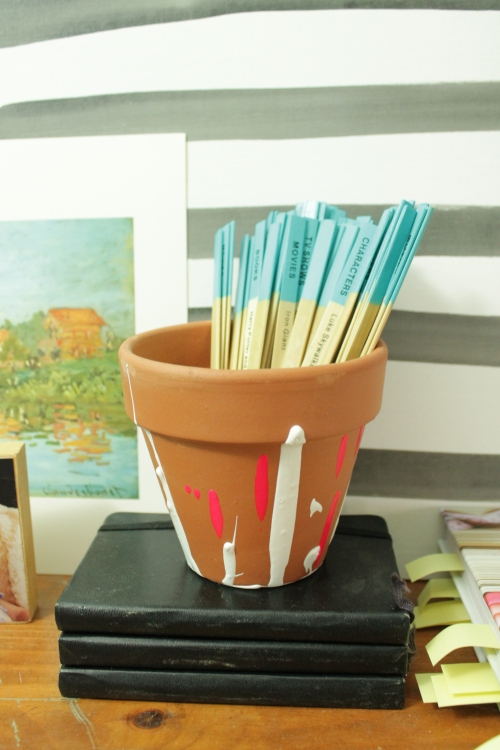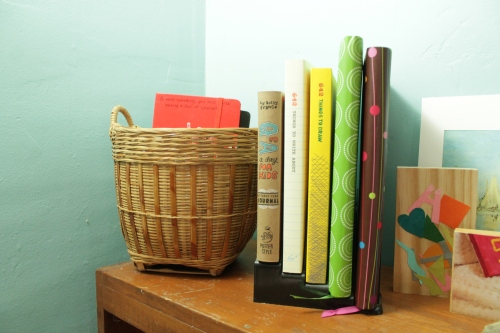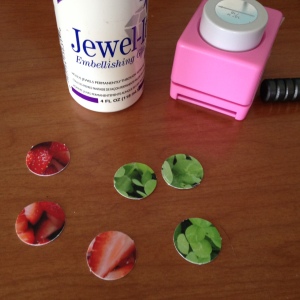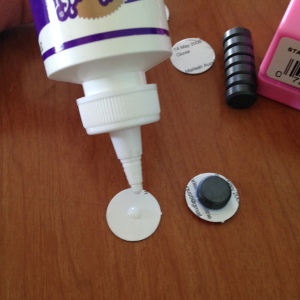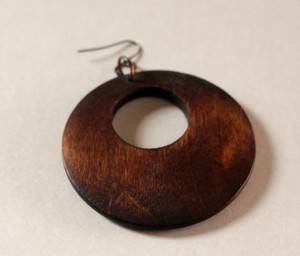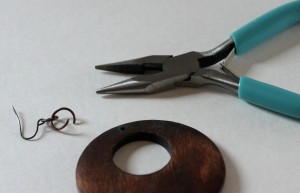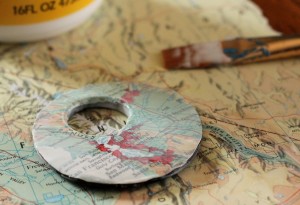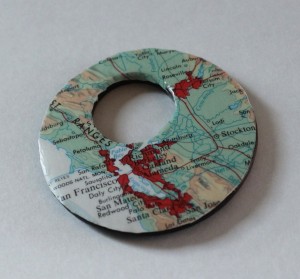I’m a big fan of creating a budget and sticking to it, especially when you’re pretty strapped for cash. Between owning a business and starting a family, the past couple of years have necessitated a budget. I’m proud to say that we have not racked up any new debt, which is impressive after several years of doing just that. I wanted to share one of the tools that is most instrumental in tracking my income and expenses.
Several years ago, I was the champion of balancing my checkbook. I did it every month without fail and always balanced. Then I started using debit cards much more, and keeping receipts and writing down amounts got to be way too cumbersome, so I just didn’t do it. When you know things will be covered, that’s not terrible — but sometimes you want (and should want) a little more control. I tried using Mint for a while, but my online banking required so much verification that it wouldn’t sync easily with Mint, and there were so many things being saved as “Uncategorized” that I was spending too much time editing transactions and it just didn’t work well for me.
One thing I am consistent about is opening up my Google email and calendar every morning. From there, it’s easy enough to click into Google Drive and open up my “predictive check register”. I call it that because the most useful aspect of it is that I add future income and expenses so that I can see if my balance will ever drop to dangerous levels and I can adjust as needed. You’re welcome to use whatever kind of spreadsheet program you like — I love using Google Drive because it ties in with other services that I use, there are plenty of smartphone apps, and it’s free. You can also share your spreadsheet with another Google user, so if several people in your household need to track finances all in one place, this is the way to do it.
Let me introduce you:
Column A: The dates of the income and expenses. I get paid twice a month, so I have those dates in place. I list due dates (or estimated due dates, as some of them change) next to the name of the expense (Column B).
Column B: The name or category of the income or expense. Keep them generic or make them specific based on your needs.
Column C: The amount of the income or expense. These are just samples, so don’t get too excited. You can put exact amounts if you know them, but when planning ahead you sometimes have to estimate. I like to round up to the nearest dollar or the nearest $10 — so, if I have a bill that is $68, I will estimate $70 or even $75 to give myself a cushion. I check my account online at my bank’s website so I can see what’s gone through. I change the text to bold if it has gone through; this way there are no surprises. When I put in my income, I put a minus sign ( – ) in front of the amount so that my formula works in Column D.
Column D: This is the running total. If you’re just starting out with this process, you’ll put your starting balance in the very top (where you can see the $200 in the image). Then you put in a simple formula (in this example, and if you’re using Excel or Google, it would be =D1-C2 so that your expenses are subtracted from the running total number above it). Fill the rest of the cells going down with the formula, and you should be good to go.
I mentioned that I make the text bold when an expense goes through my bank account. I love this because I can see what last went through and then look across to Column D to get the total that my bank account should be. I compare that with my online banking to essentially “balance” my checking account.
I can also look ahead and see where my account will be the lowest, or if cash is building up and we’ll have enough money for something fun. If unexpected expenses (or income, but let’s be honest, that’s rare) come up, it’s simple to add them in on the date they occur by inserting a new row. Then I can fill the appropriate cells with the formula and see how it will affect my account a few months down the road.
I’ve been doing this very consistently since October, and it’s been honestly one of the best ways I’ve found of tracking my finances and staying on top of everything.
How do you track your finances?

